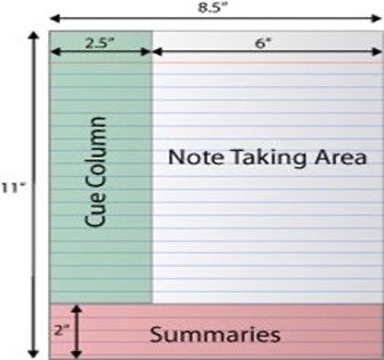From Haphazard Notes to a Second Brain: A Smarter Way to Take Notes
Dr. Manoharan
3/31/20252 min read


Struggling to Remember Training Takeaways?
We've all been there. You attend a full-day corporate training, diligently scribbling notes, only to find them useless when you need to apply what you learned. Pages of disorganized thoughts, random bullet points - it's no wonder we forget nearly 75% of new information within a week!


So, what’s the fix? Smart note-taking. And one of the best methods out there is the Cornell Note-Taking Method.
Why Traditional Note-Taking Falls Short
Most of us take notes passively—jotting down everything we hear without really thinking about it. The result? A messy transcript that’s hard to scan later. Studies show that unstructured notes lead to poor retention (Herzing.edu). Without a system, our notes become a jumbled mess rather than a useful tool.
Meet the Cornell Method
The Cornell Method is a simple, structured way to take notes that makes recalling key information much easier. Here’s how it works:
1. Cue Column (Left Side) – Write keywords, questions, or prompts that help trigger your memory.
2. Notes Section (Right Side) – Capture key points in your own words, keeping it concise.
3. Summary (Bottom) – After the session, jot down the main takeaways in a few sentences.
By organizing notes this way, you’re not just writing things down—you’re engaging with the material, making it easier to remember later (Project Management Academy).


Figure 1: The Learning Curve
Figure 2: Cornell Method of Note-taking
The Power of a “Second Brain”
Think of your notes as an extension of your mind—a “second brain” that stores everything important. With a structured note-taking system, you no longer rely on memory alone. Your notes become an easy-to-navigate knowledge bank, helping you quickly retrieve information when needed (Building a Second Brain).
Going Digital with Cornell Notes
Prefer digital notes? The Cornell Method works great with apps like:
• OneNote – Custom templates for structured note-taking (Microsoft).
• Evernote & Notion – Pre-made Cornell templates for easy organization.
• GoodNotes – Perfect for handwritten notes on tablets (NiftyPM).
Quick Tips to Get Started
1. Prepare Your Layout – Divide your page into three sections before the meeting starts.
2. Listen for Key Points – Avoid writing down everything—focus on what’s important.
3. Use the Cue Column – Add keywords or questions to help with recall later.
4. Summarise & Review – Spend a few minutes after the session summarizing the key ideas.
Final Thoughts
If you’ve been struggling with note-taking, give the Cornell Method a try. It’s easy to implement and makes reviewing notes a breeze. Have you tried structured note-taking before? Share your thoughts in the comments!
References
5 NiftyPM
Work Smarter, Not Harder!




